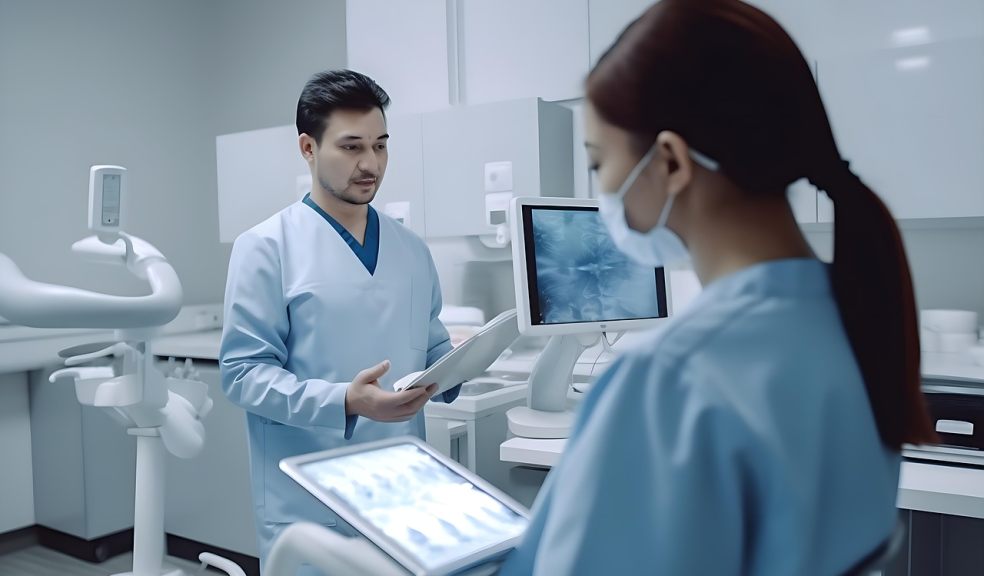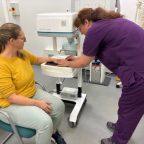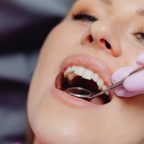
How Digital Innovations Are Shaping the Future of Oral Health
In recent years, the field of oral health has undergone a substantial transformation thanks to the rapid advancement of digital technologies. From digital imaging to 3D printing, these innovations are revolutionising the way dental professionals diagnose, treat and manage oral health. As the demand for more personalised and efficient care continues to rise, digital solutions are emerging as powerful tools to shape the future of dentistry. Let’s explore how these digital innovations are making a difference in the world of oral health.
Digital Diagnostics: Revolutionising the Way We See Teeth
One of the most impactful innovations in modern dentistry is digital imaging. Traditional X-rays have been a mainstay in dental practices for decades, but digital imaging offers a host of advantages. Unlike traditional film, digital X-rays provide immediate results and can be easily stored, shared and analysed on computers. These images are also of superior quality, enabling dentists to detect issues like cavities, bone loss and gum disease at much earlier stages.
Furthermore, the integration of artificial intelligence (AI) with digital imaging is enhancing diagnostic accuracy. AI tools are now being used to help identify patterns and predict potential oral health issues based on a patient’s history and digital scans. This results in earlier interventions, reducing the need for more invasive procedures down the line.
3D Printing: Customised Solutions for Every Patient
3D printing has become a game-changer in dentistry, particularly when it comes to creating dental restorations like crowns, bridges and dentures. With 3D printing, dental professionals can now create highly customised solutions that fit perfectly within a patient’s mouth. The precision of these digital models ensures that restorations are more comfortable and durable than their traditional counterparts.
In addition to restorations, 3D printing is also being used to fabricate orthodontic devices, such as clear aligners. These devices are tailored to each individual’s unique dental structure, making the treatment process faster, more efficient and less noticeable compared to traditional braces.
Digital Dental Implants: Enhancing Accuracy and Efficiency
Dental implants have also seen significant advancements with the introduction of digital technologies. Digital dental implants are revolutionising the implant placement process by providing dentists with highly detailed 3D maps of the patient’s jaw and teeth. This level of precision allows for more accurate implant placement and faster recovery times. Additionally, computer-guided surgery and virtual planning tools help minimise the risk of complications, leading to more successful outcomes.
One of the most exciting developments in this area is the use of digital impressions instead of traditional moulds. With digital scanners, dentists can take highly accurate, pain-free impressions in a fraction of the time it would take with conventional methods. This has greatly improved the patient experience and reduced the potential for errors.
For more information on how digital innovations are transforming the field of oral health, consider exploring digital dental implants and other cutting-edge solutions that are shaping the future of dentistry.
Teledentistry: The Future of Remote Care
Teledentistry is another growing trend that is expanding access to dental care. Through virtual consultations, patients can receive advice, diagnoses and follow-up care from the comfort of their homes. This is particularly beneficial for patients in rural or underserved areas, as it reduces the need for in-person visits and allows dental professionals to monitor and manage treatment remotely.
The integration of teledentistry with digital records, AI and mobile apps ensures that patients can receive consistent and personalised care, regardless of their location. This shift is helping make dental care more accessible, convenient and affordable.
To Sum Up
As digital innovations continue to reshape the landscape of oral health, patients can look forward to more efficient, precise and personalised care. From advanced diagnostics to customised restorations and digital implants, these technologies are making dental treatments more accessible and effective than ever before. As the industry embraces these changes, the future of dentistry is bright, with digital solutions at the forefront of this transformation.

















